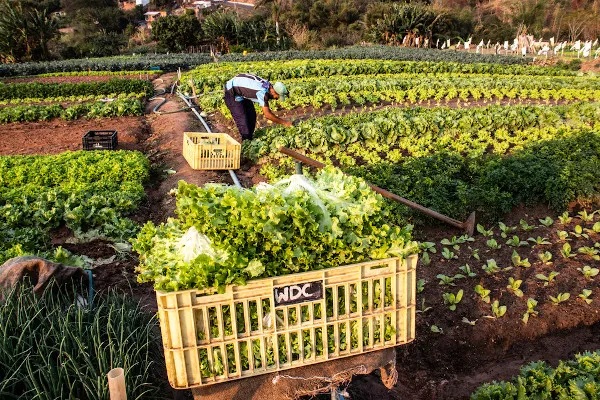Community and development banks have become vital institutions in the rural areas of the USA, playing a transformative role in supporting local economies and enhancing community life. These financial entities operate uniquely in comparison to traditional banks, focusing on underserved communities and acting as catalysts for local development.
By tailoring their services to meet the specific needs of rural communities, these banks contribute significantly to economic growth, job creation, and financial inclusivity. This blog post examines how these banks function, the challenges they face, and the significant impact they have on rural America.
The importance of community and development banks

Community and development banks are essential in providing financial services that larger financial institutions often overlook. By focusing on rural sectors, these banks fill critical gaps in the financial landscape, enabling local entrepreneurs and residents to access credit and investment opportunities.
Their primary aim is not merely profit but community growth and development. This mission-driven approach allows them to offer more flexible lending policies and to support initiatives that larger banks might consider too risky. As a result, they play a crucial role in boosting the local economy and enhancing the quality of life for the rural population.
Tailored financial products
One of the significant contributions of community and development banks is their ability to provide customized financial products tailored to the needs of rural residents. Unlike traditional banks, which often offer one-size-fits-all solutions, these banks understand the unique challenges faced by rural communities, such as seasonal income fluctuations or limited collateral.
Therefore, they design innovative credit products and savings solutions that address these specific issues. By doing so, they empower local businesses and individuals, enabling them to thrive and adapt to economic changes more effectively, thus fostering a more resilient community.
Enhancing job creation
Community and development banks contribute significantly to job creation in rural regions by funding local businesses and entrepreneurs. By supporting small and medium-sized enterprises (SMEs), these banks stimulate economic activity and create employment opportunities. They often participate in collaborative ventures with local industries and agricultural sectors, providing the necessary financial backing for expansion and innovation.
This support not only aids in reducing unemployment rates but also encourages a culture of entrepreneurship. Consequently, these banks help to stabilize communities by ensuring a steady income flow and preventing migration to urban centers in search of better opportunities.
Challenges faced by rural financial institutions
Despite their essential role, community and development banks in rural areas encounter several challenges that hinder their operations. These obstacles include limited financial resources, high operational costs, and regulatory constraints. Often, these banks must compete with larger financial institutions that have more extensive networks and advanced technological capabilities.
Additionally, compliance with banking regulations can be costly and complex, diverting resources away from their primary goal of serving the community. Addressing these challenges requires strategic partnerships, policy support, and innovation to ensure these banks can continue to fulfill their mission effectively.
Access to capital
Securing access to capital is one of the most significant challenges for community and development banks in rural regions. These banks generally have limited access to financial markets and rely heavily on deposits and grants to fund their operations. The scarcity of capital can restrict their ability to provide loans and expand services, ultimately affecting their capacity to support local economic development.
To address this issue, they often advocate for policies that facilitate easier access to funding and encourage investments from public and private sectors. Without adequate capital, their ability to effect meaningful change is severely hampered.
Implementing technology solutions
The integration of technology in banking services is crucial for the sustainability of community and development banks. Many rural areas lack access to modern banking technology, which can limit service delivery and efficiency. By adopting digital solutions, such as mobile banking and online platforms, these banks can significantly enhance their reach and operational efficiency.
However, implementing technology solutions requires investment and technical expertise, which can be challenging to acquire. To overcome these hurdles, partnerships with tech companies and governmental support are essential, aiding these banks in bridging the digital divide and improving their service offerings.
In conclusion, community and development banks play a pivotal role in supporting the economic and social fabric of rural areas in the USA. While they face significant challenges, their commitment to fostering growth and improving financial accessibility continues to drive positive change.
By adapting their services and embracing technology, these banks can enhance their impact on local communities, ensuring a prosperous future for rural America. Through strategic investments and collaborative efforts, they have the potential to transform these regions into thriving economic centers, ultimately contributing to a more balanced national economy.



